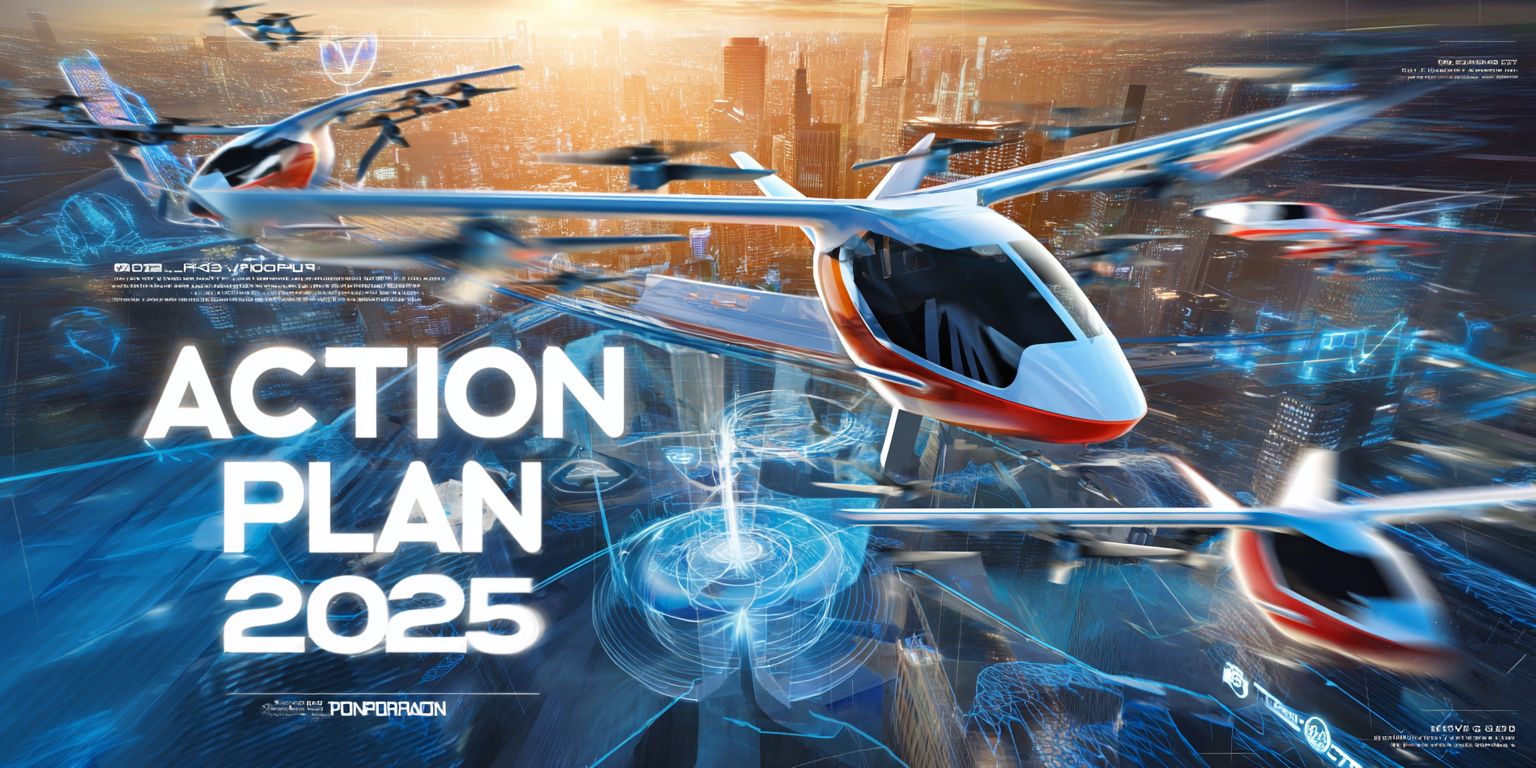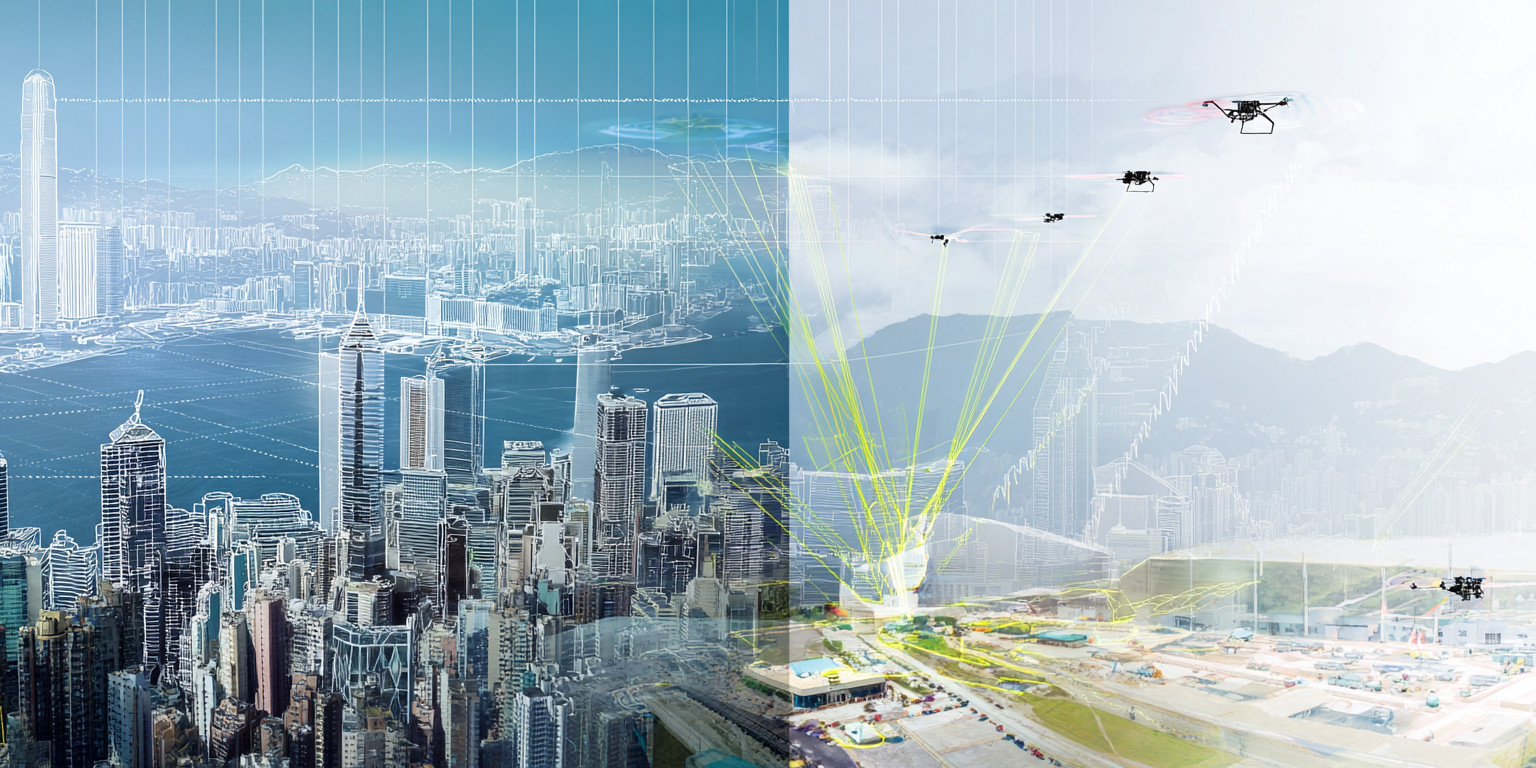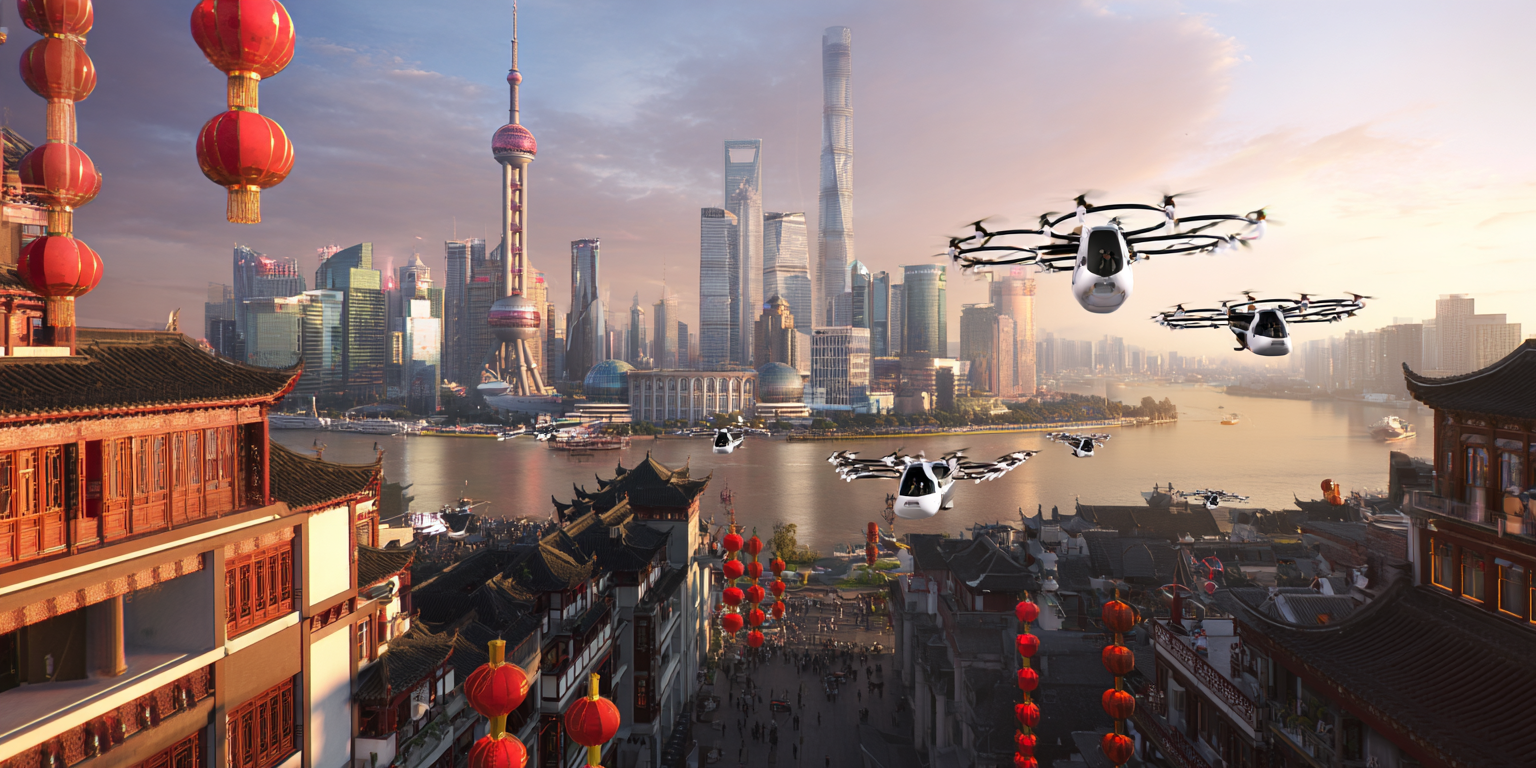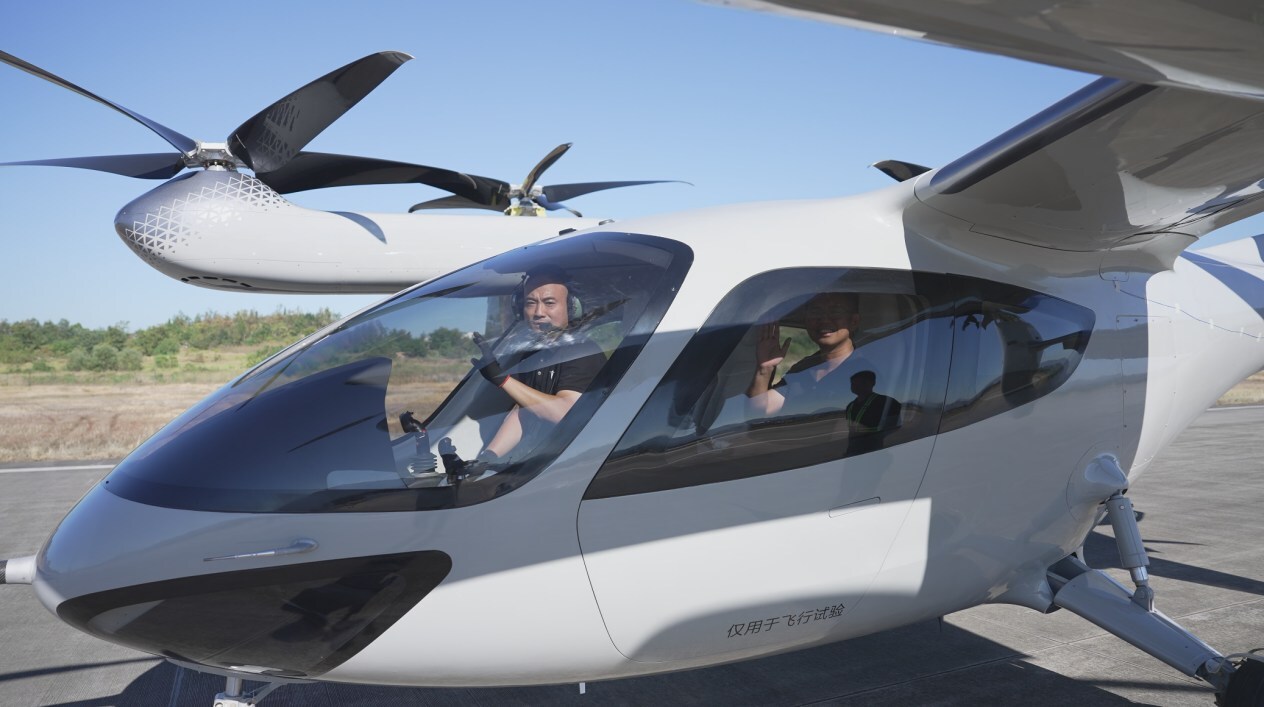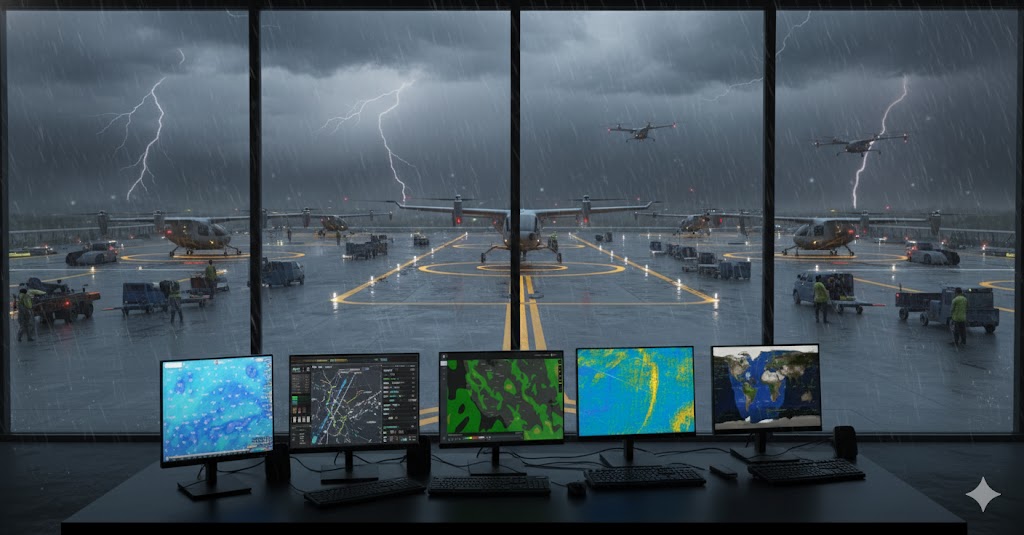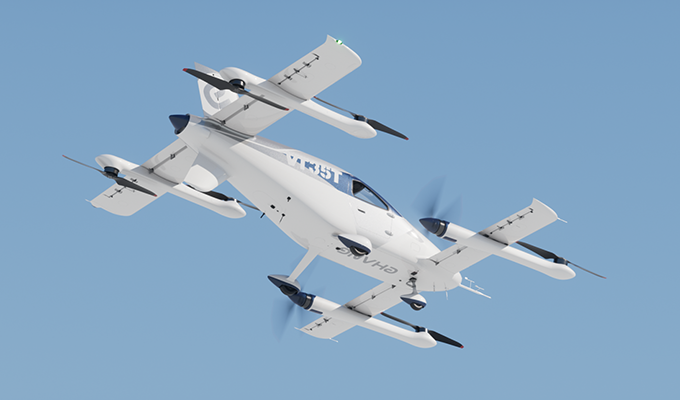BusinessAviation.aero: eVTOL News & Low-Altitude Economy Insights
- The Low Altitude Economy Market Roller Coaster: eVTOL Market Volatility Analysis
- MightyFly's Healthcare Deal Signals New Era for Low-Altitude Logistics
- Hanzhong Launches Aerial Tourism with EHang's Autonomous Aircraft EH216-S
- The Kansas Advanced Air Mobility Strategy Positions the State to Lead the Low Altitude Economy
- The Low Altitude Economy Infrastructure Mirage
- MIT's Sodium Fuel Cell Could Jump Start the Low-Altitude Economy
- Brazil’s ANAC sees realistic path to certify Embraer’s Eve eVTOL by late 2027
- UK Civil Aviation Authority Unveils Low Altitude Economy Model for 2028
- Foreign eVTOL Market Access: How MOSAIC and eIPP Create New Pathways for Chinese Manufacturers
- China's Manned eVTOL Market: A Critical Analysis of Boston Consulting Group Whitepaper





